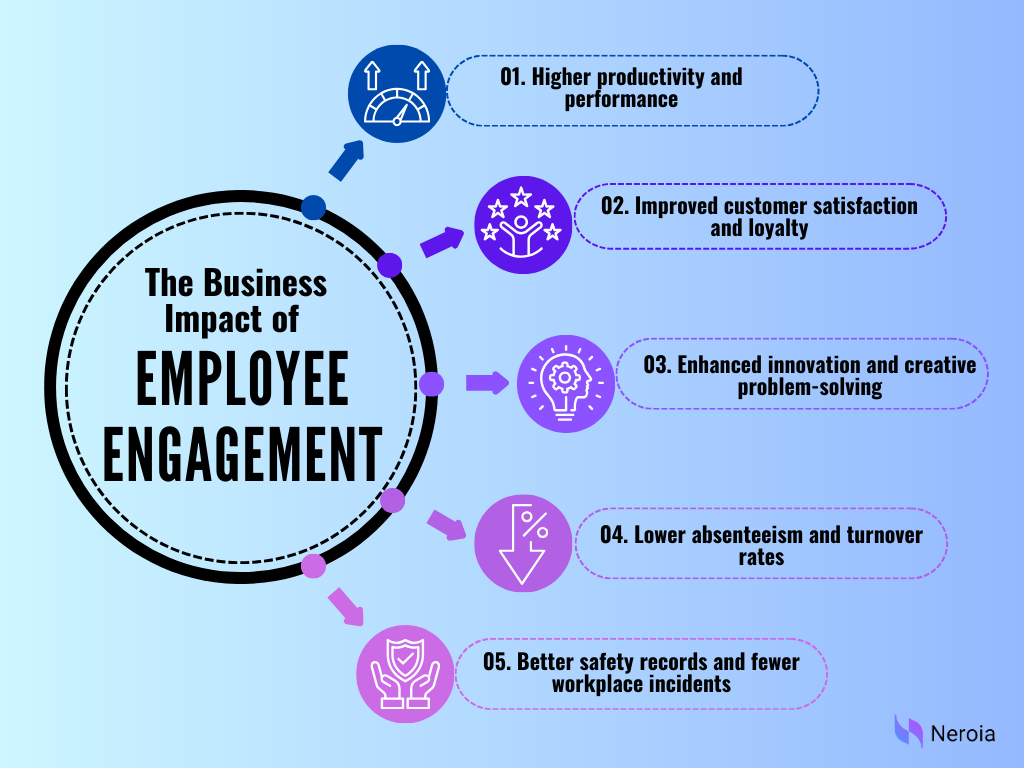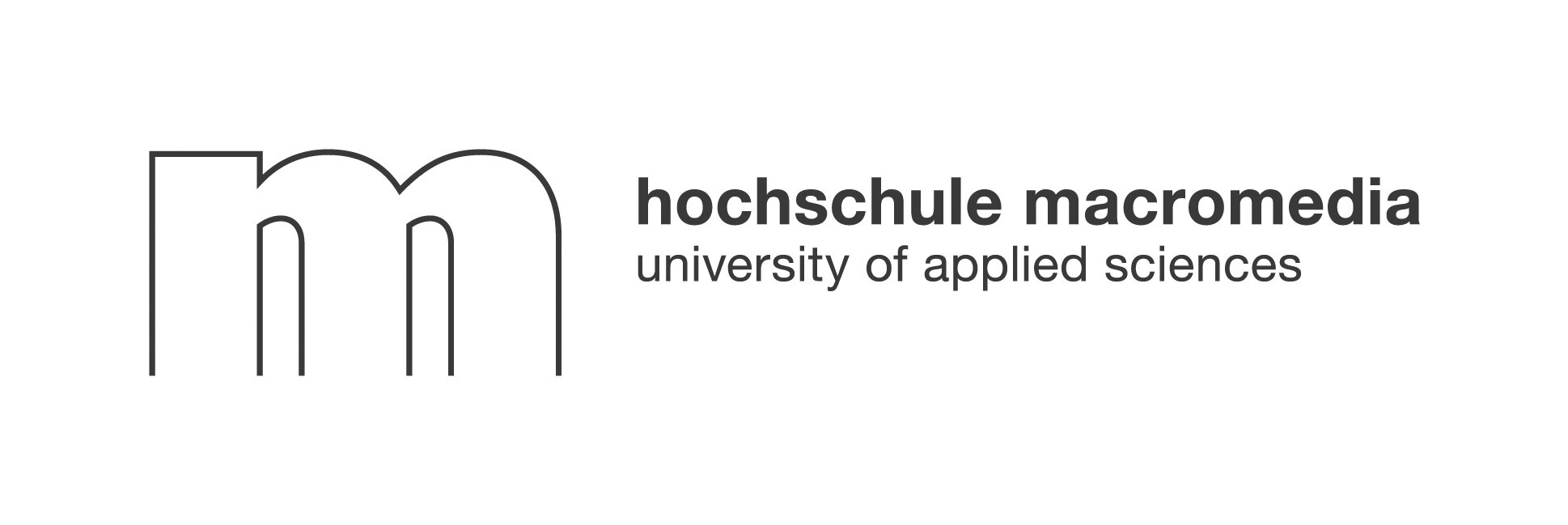Are your employees just showing up, or are they truly showing up? The difference between a workforce that merely completes tasks and one that drives innovation often comes down to one critical factor: engagement. Employee engagement programs have become the cornerstone of successful organizations, but what separates the truly transformative initiatives from those that fall flat? The answer might surprise you – and it's not always about the budget.
In today's competitive business landscape, organizations are increasingly recognizing the vital importance of employee engagement programs. These structured initiatives aim to foster a workplace environment where employees feel valued, connected, and motivated to contribute their best efforts. As we navigate the evolving workplace dynamics of 2025, understanding how to implement effective engagement strategies has never been more crucial for organizational success.
Understanding Employee Engagement Programs
Employee engagement programs encompass the structured initiatives, activities, and policies organizations implement to foster employee connection, satisfaction, and commitment to company goals. These programs go far beyond simple perks or occasional team events – they represent a comprehensive approach to creating a workplace where employees genuinely want to invest their energy and talents.
At their core, these programs address the fundamental human needs for meaning, recognition, growth, and belonging in the workplace. When designed thoughtfully, they create the conditions for employees to thrive professionally while aligning their personal goals with organizational objectives.
What Defines an Effective Employee Engagement Program
Effective employee engagement programs share several key characteristics that distinguish them from less successful initiatives. First, they're strategically aligned with the organization's values and business objectives rather than existing as disconnected activities. Second, they're consistently supported by leadership through both resources and personal participation.
The most successful employee programs for engagement also demonstrate:
- Relevance to employees' actual needs and preferences
- Flexibility to accommodate diverse work styles and personal circumstances
- Measurability through defined metrics and regular assessment
- Sustainability through ongoing refinement and adaptation
The most powerful engagement programs don't just entertain employees – they empower them to shape their work experience.
Rather than imposing rigid structures, today's best engagement initiatives create frameworks that enable employees to drive their own engagement journey, fostering authentic connection and commitment.
The Business Impact of Employee Engagement
The business case for investing in employee engagement programs is compelling. Research consistently demonstrates that organizations with highly engaged workforces outperform their competitors across numerous metrics.
Some of the most significant impacts include:
- Higher productivity and performance
- Improved customer satisfaction and loyalty
- Enhanced innovation and creative problem-solving
- Lower absenteeism and turnover rates
- Better safety records and fewer workplace incidents
These benefits translate directly to financial outcomes. Companies with strong engagement programs typically experience 21% higher profitability according to recent industry analyses. Beyond numbers, engaged organizations develop stronger employer brands, attracting top talent and creating virtuous cycles of success.

Key Drivers of Successful Employee Engagement
Understanding what truly drives engagement is essential for developing programs that deliver meaningful results. While free snacks and ping-pong tables might create momentary happiness, sustainable engagement stems from deeper organizational elements.
Leadership and Management Influence
Leadership quality represents perhaps the single most influential factor in employee engagement. Managers account for at least 70% of variance in team engagement scores across organizations. When leaders demonstrate authentic care for team members' wellbeing and development, engagement naturally follows.
Successful employee engagement programs therefore prioritize leadership development, equipping managers with the skills to:
- Provide meaningful feedback and recognition
- Connect individual contributions to larger purpose
- Remove obstacles to employee success
- Model the behaviors and attitudes they wish to see
Organizations seeing the greatest engagement results invest heavily in developing emotionally intelligent leaders who create psychologically safe environments where employees can bring their authentic selves to work.
Work Environment and Culture
The workplace atmosphere – both physical and psychological – profoundly impacts engagement levels. Culture isn't merely what organizations declare in mission statements; it's what employees experience daily through interactions, decisions, and priorities.
Elements of culture that most strongly drive engagement include:
- Psychological safety to express ideas and concerns
- Inclusion and belonging across diverse identities
- Alignment between stated values and actual behaviors
- Balance between performance expectations and wellbeing
Neroia, an innovative employee benefits platform, has pioneered approaches to cultural development that empower employees to shape their work environment through AI-driven social connections rather than imposing cultural initiatives from above. This employee-driven approach to culture building has shown particularly strong results in hybrid and remote work environments.
Recognition and Rewards Systems
While compensation matters, recognition often proves even more powerful for sustaining engagement. Employees who feel their contributions are seen and valued demonstrate significantly higher discretionary effort and loyalty.
Effective recognition systems share several characteristics:
- Timeliness – recognition delivered promptly after contributions
- Specificity – acknowledging particular behaviors and impacts
- Visibility – celebrating achievements within relevant communities
- Alignment – reinforcing behaviors that advance organizational goals
The most successful employee engagement programs balance formal recognition structures with cultivating a culture of peer appreciation, creating multiple channels through which employees experience validation for their work.
8 Employee Engagement Programs That Drive Results

Organizations seeking to enhance engagement can implement several proven program types, each addressing different engagement drivers. The following examples represent some of the most effective approaches observed across industries.
Recognition and Praise Initiatives
Recognition programs systematically acknowledge employee contributions and achievements. These range from formal award systems to digital platforms enabling peer-to-peer appreciation.
Effective recognition initiatives include:
- Spot award programs for immediate recognition of exceptional work
- Service anniversary celebrations honoring organizational commitment
- Public acknowledgment of achievements in company communications
- Points-based systems allowing employees to accumulate rewards
The most successful recognition programs democratize the ability to give recognition rather than limiting it to management, creating cultures where appreciation flows in all directions.
Career Development Frameworks
Career development programs address employees' fundamental desire for growth and advancement. These initiatives help employees visualize and pursue meaningful career paths within the organization.
| Program Component | Purpose | Implementation Example |
|---|---|---|
| Skills assessment | Identify development opportunities | Quarterly competency reviews with managers |
| Learning pathways | Provide structured development routes | Role-specific learning journeys with milestones |
| Mentorship | Facilitate knowledge transfer | Cross-departmental mentoring matches |
| Project exposure | Broaden experience | Rotation through strategic initiatives |
Organizations with the strongest engagement typically invest 30-40% more in development opportunities than industry averages, recognizing that growth opportunities correlate directly with retention and performance.
Wellness and Mental Health Support
As awareness of wellbeing's impact on performance grows, comprehensive wellness programs have become essential components of engagement strategies. These initiatives support employees' physical, mental, and emotional health.
Effective wellness programs include:
- Mental health resources and counseling access
- Physical fitness opportunities and incentives
- Financial wellness education and support
- Stress management and resilience training
The most successful wellness initiatives avoid one-size-fits-all approaches, instead offering personalized options that respect individual preferences and needs. They also destigmatize mental health support by normalizing its use through leadership example.
Team Building and Social Connection Activities
Social connection represents a fundamental human need that directly impacts workplace engagement. Structured opportunities for meaningful interaction build the relationships that sustain organizations through challenges.
Connection isn't a luxury in the workplace – it's the foundation upon which collaboration and innovation are built.
Effective team building programs move beyond forced "fun" to create authentic opportunities for relationship development. The most successful approaches empower employees to initiate and shape social experiences around shared interests rather than imposing standardized activities.
Implementing Employee Resource Groups (ERGs)
Employee Resource Groups have emerged as powerful engagement drivers, particularly for fostering inclusion and belonging. These voluntary, employee-led communities unite around shared identities, experiences, or interests while advancing organizational objectives.
How to Structure Effective ERGs
Successful ERGs balance employee ownership with organizational support. While members drive content and activities, the organization provides resources, recognition, and connection to leadership.
An effective ERG structure typically includes:
- Executive sponsorship from senior leadership
- Dedicated budget for activities and initiatives
- Clear mission aligned with organizational values
- Defined leadership roles and succession planning
- Regular communication channels to broader organization
Organizations seeing the greatest impact from ERGs ensure these groups have meaningful influence on relevant policies and practices rather than existing merely as social communities.
Measuring ERG Impact on Engagement
ERGs contribute to engagement through multiple mechanisms that can be measured through both quantitative and qualitative approaches:
| Metric Category | Specific Measurements | Collection Method |
|---|---|---|
| Participation | Membership growth, event attendance | Tracking systems |
| Member experience | Satisfaction, sense of belonging | Surveys, interviews |
| Organizational impact | Policy influence, innovation contributions | Documentation review |
| Business outcomes | Retention rates among members vs. non-members | HR analytics |
The most sophisticated organizations integrate ERG metrics into broader engagement measurement frameworks, recognizing these groups' contributions to overall organizational health.
Communication Strategies for Engagement
Communication quality directly impacts engagement levels across organizations. Effective communication strategies create transparency, build trust, and ensure employees understand how their work connects to larger purpose.
Transparent Leadership Communication
Transparency represents a cornerstone of engagement-focused communication. When leaders share information openly – including challenges and uncertainties – they build trust that sustains engagement even during difficult periods.
Effective transparency practices include:
- Regular state-of-the-business updates from leadership
- Clear communication about decision rationales
- Honest acknowledgment of challenges alongside plans to address them
- Accessibility of leaders through various forums
Organizations with the highest engagement scores typically practice "radical transparency" where information is shared by default unless there's a compelling reason for confidentiality.
Feedback Mechanisms and Stay Interviews
Two-way communication channels ensure employee voices influence organizational direction. Beyond traditional surveys, progressive organizations implement multiple feedback pathways.
Stay interviews – structured conversations with current employees about their experience – have proven particularly effective for gathering actionable insights. Unlike exit interviews, they capture feedback while there's still opportunity to address concerns.
Effective feedback systems share several characteristics:
- Multiple channels accommodating different communication preferences
- Clear processes for routing feedback to decision-makers
- Transparent follow-up showing how input influences actions
- Recognition for valuable contributions through feedback
Organizations demonstrating the strongest engagement ensure feedback flows freely in all directions – upward, downward, and laterally – creating cultures of continuous improvement.
Measuring the Success of Employee Engagement Programs
Without measurement, engagement initiatives risk becoming performative rather than transformative. Effective measurement approaches balance quantitative metrics with qualitative insights to create comprehensive understanding.
Key Metrics to Track
Organizations should monitor both leading indicators (predictive measures) and lagging indicators (outcome measures) to assess engagement program effectiveness.
Essential metrics include:
- Engagement survey scores (overall and dimension-specific)
- Participation rates in voluntary programs and initiatives
- Retention rates, particularly among high performers
- Productivity and performance metrics
- Absenteeism and wellness program utilization
The most sophisticated measurement approaches segment data to identify patterns across demographics, departments, and tenure groups, enabling targeted interventions where needed.
Using Surveys and Feedback Effectively
Surveys remain valuable tools for measuring engagement when designed and implemented thoughtfully. Best practices include:
- Keeping surveys concise to maximize participation
- Including both validated questions and organization-specific items
- Balancing frequency between survey fatigue and timely insights
- Communicating results transparently to participants
- Taking visible action on insights gathered
Leading organizations complement surveys with qualitative methods including focus groups, one-on-one conversations, and observational approaches to develop nuanced understanding of engagement dynamics.
Creating a Sustainable Employee Engagement Action Plan
Sustainable engagement requires systematic planning rather than disconnected initiatives. A comprehensive engagement action plan aligns strategies across time horizons while addressing diverse employee needs.
Short-term vs. Long-term Engagement Strategies
Effective engagement planning balances immediate wins with foundational changes that build sustainable cultures. Short-term initiatives create momentum and demonstrate commitment, while long-term strategies address systemic factors influencing engagement.
Examples of effective short-term initiatives include:
- Recognition campaigns highlighting specific contributions
- Quick-win improvements to physical work environments
- Immediate manager training on feedback and recognition
- Pulse surveys to identify and address pressing concerns
Long-term strategies might include:
- Culture transformation initiatives addressing core values
- Comprehensive career pathing and development frameworks
- Leadership development pipelines ensuring quality management
- Structural changes to work design and autonomy
The most successful organizations integrate these timeframes into coherent roadmaps with clear milestones and accountability.
Adapting Programs to Different Employee Segments
One-size-fits-all approaches inevitably fall short in diverse workforces. Effective engagement strategies recognize and accommodate varying needs across employee segments while maintaining consistent underlying principles.
Segmentation considerations include:
- Career stage and generational differences
- Work arrangement (remote, hybrid, on-site)
- Role type and level within organization
- Personal circumstances and life stages
Neroia's AI-driven approach to employee engagement exemplifies this personalized strategy, using intelligent systems to recommend activities and connections aligned with individual preferences while maintaining organizational cohesion. By empowering employees to build relationships around authentic shared interests, this platform creates the conditions for organic culture development rather than imposing standardized engagement activities.
The future of engagement isn't about more programs – it's about smarter frameworks that empower employees to drive their own engagement journey.
As organizations navigate increasingly complex work environments, those that balance structured support with employee empowerment will create the most sustainable engagement cultures. By implementing thoughtfully designed programs aligned with both organizational objectives and employee needs, companies can build workforces that don't just perform – they thrive.




